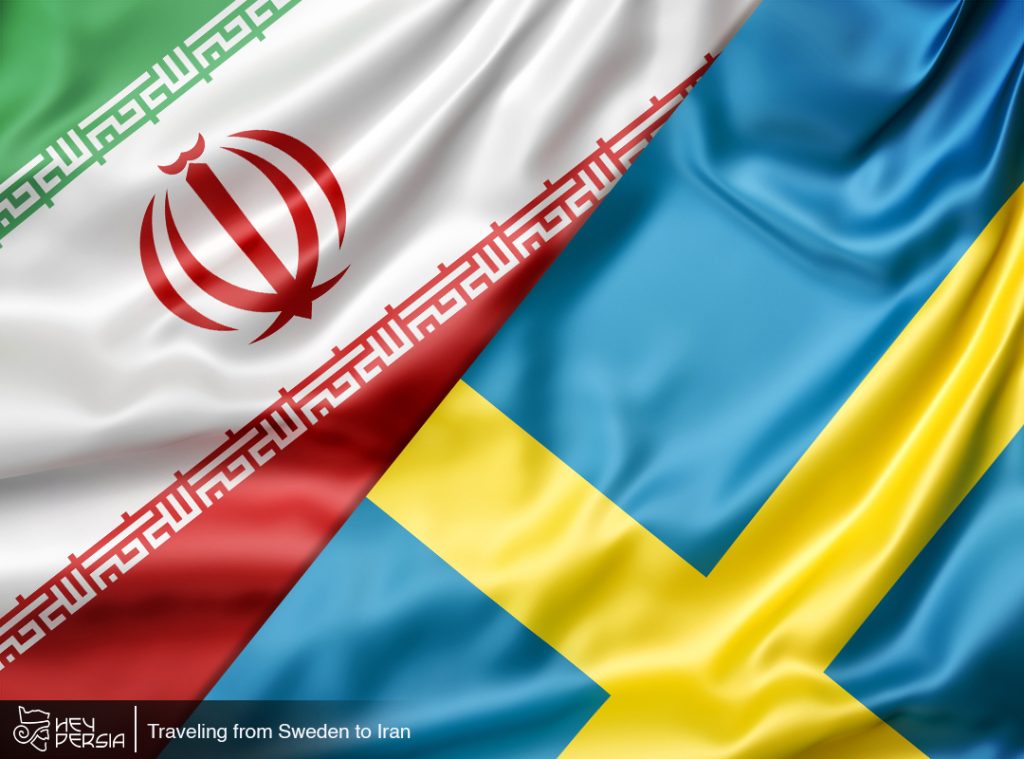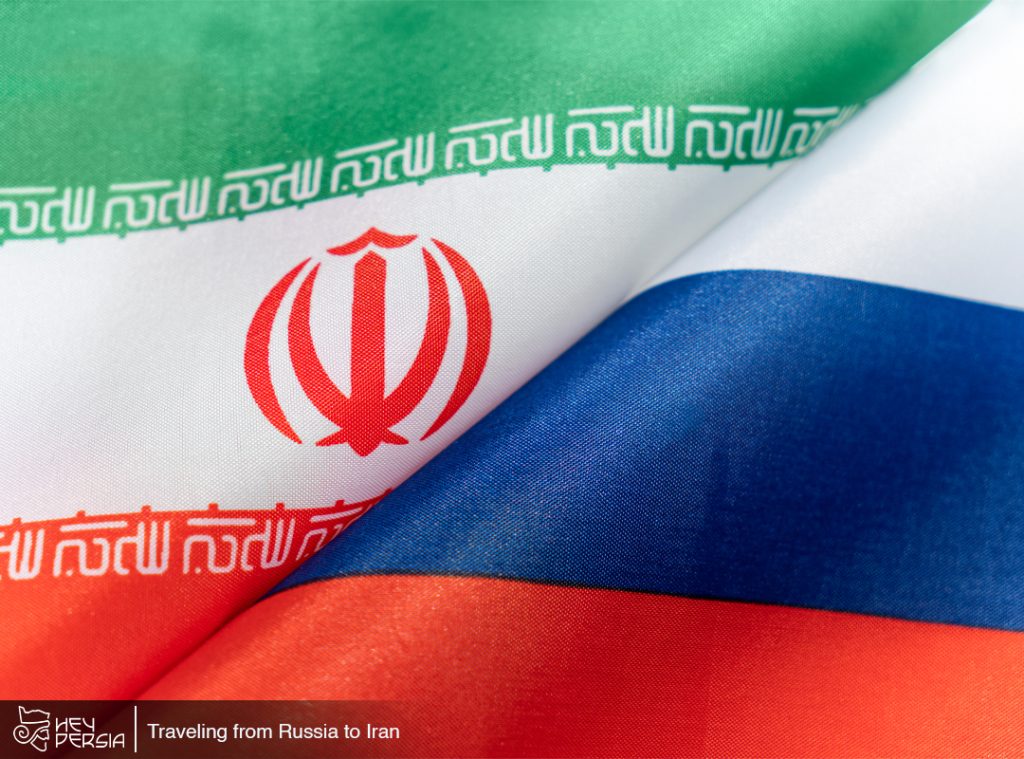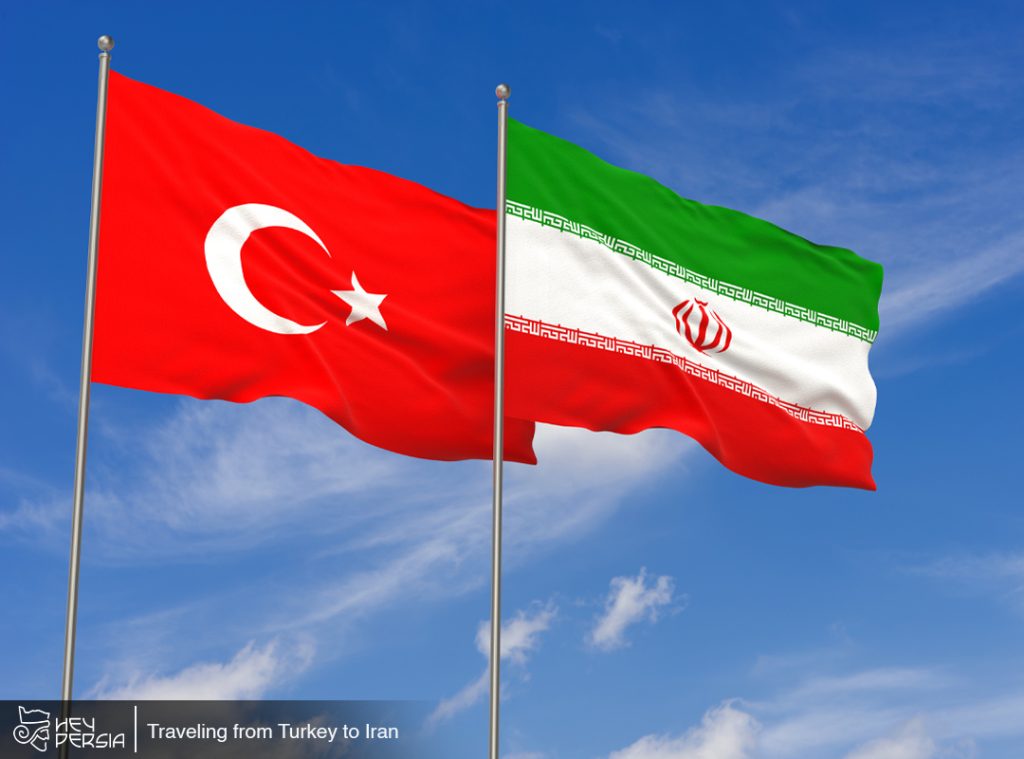Traveling from Sweden to Iran is a journey that promises a blend of ancient history, vibrant culture, and breathtaking landscapes. To make your trip as enjoyable and hassle-free as possible, it’s crucial to plan meticulously. This overview will guide you through various aspects of your journey, including visas, transportation, accommodation, and cultural considerations. Learn more at Hey Persia.
Visa Requirements for Traveling from Sweden to Iran
Understanding the visa requirements is one of the first steps when planning a trip from Sweden to Iran. Swedish citizens must obtain a visa to travel to Iran. You can apply for a tourist visa or other types of visas, such as business or transit visas, depending on your purpose of travel. It’s advisable to apply for the visa well in advance through the Iranian embassy or consulate in Sweden. The process may involve providing necessary documentation and attending an interview.

Transportation
Getting from Sweden to Iran involves several transportation options, each with its own set of considerations.
By Air:
The most common and convenient way to travel from Sweden to Iran is by air. You can find direct flights from major Swedish cities, such as Stockholm and Gothenburg, to Tehran, the capital of Iran. The flight duration is approximately 5 to 6 hours. Several airlines, including Iran Air and Turkish Airlines, offer flights to Iran. Be sure to check for flight availability and prices based on your travel dates.
By Land and Rail:
Traveling overland and by rail is an adventurous option, although it’s a longer and more complex journey. You can travel through Europe by train and then continue through Turkey to reach the Iranian border. This route may require additional visas and border crossing procedures. It’s essential to research thoroughly and plan accordingly if you choose this option.
Accommodation nedded for Traveling from Sweden to Iran
Iran offers a variety of accommodation options to cater to different budgets and preferences.
Hotels: Iran has a range of hotels, from budget to luxury, in major cities like Tehran, Isfahan, and Shiraz. These hotels often offer modern amenities and vary in price based on their level of luxury.
Guesthouses and Hostels: For a more affordable and immersive experience, consider staying in guesthouses or hostels. These options provide an opportunity to interact with locals and fellow travelers.
Homestays: Many Iranians offer homestays to travelers, providing a unique insight into Iranian culture and hospitality. Staying with a local family can be a memorable part of your journey.
Local Transportation
Getting around within Iran is relatively straightforward, with various transportation options available.
Metro and Buses: Major cities like Tehran and Isfahan have efficient metro systems and bus networks, making it convenient to navigate urban areas.
Taxis: Taxis are readily available, and it’s essential to agree on the fare before starting your journey.
Cultural Considerations
Iran has a rich cultural heritage, and it’s crucial to respect local customs and traditions while traveling in the country.
Clothing: Iran has a conservative dress code, especially for women. Female travelers should wear a headscarf, a loose-fitting coat or manteau, and avoid showing bare arms and legs in public. Men should also dress modestly.
Language: Persian (Farsi) is the official language in Iran. While many Iranians understand English, it’s helpful to learn a few basic Persian phrases to facilitate communication and show respect for the local culture.
Currency: The official currency of Iran is the Iranian Rial (IRR). It’s essential to have local currency for small purchases, as credit and debit cards are not widely accepted.
Etiquette: Iranians are known for their hospitality, and it’s customary to accept invitations for tea and conversation. It’s also polite to remove your shoes when entering someone’s home.
Safety and Health
Iran is generally a safe destination for travelers, with a low crime rate. However, it’s essential to stay informed about the current political and security situation. Travel insurance that covers medical emergencies is advisable.
Before traveling to Iran, make sure you have all the necessary vaccinations, and consult your healthcare provider for specific recommendations. It’s also important to drink bottled water and exercise caution regarding the local food to avoid gastrointestinal issues.

Tourist Attractions
Iran offers a wealth of tourist attractions, from historical sites to natural beauty and delicious cuisine.
Historical Sites: Explore ancient wonders such as Persepolis, Isfahan’s Naqsh-e Jahan Square, and the Pink Mosque in Shiraz.
Natural Beauty: Discover Iran’s diverse landscapes, from the deserts of Yazd to the lush forests of the northern regions.
Local Cuisine: Don’t miss the opportunity to savor Iranian cuisine, which includes delicious kebabs, saffron-infused rice, and a variety of aromatic stews.
Traveling from Sweden to Iran
Traveling from Sweden to Iran offers a remarkable and enriching experience, combining history, culture, and natural beauty. By understanding the visa requirements, choosing the right mode of transportation, respecting local customs, and exploring Iran’s many attractions, you can ensure a fulfilling and memorable journey to this captivating destination. Careful planning will help you make the most of your trip and leave you with lasting memories of Iran’s incredible diversity and hospitality.





